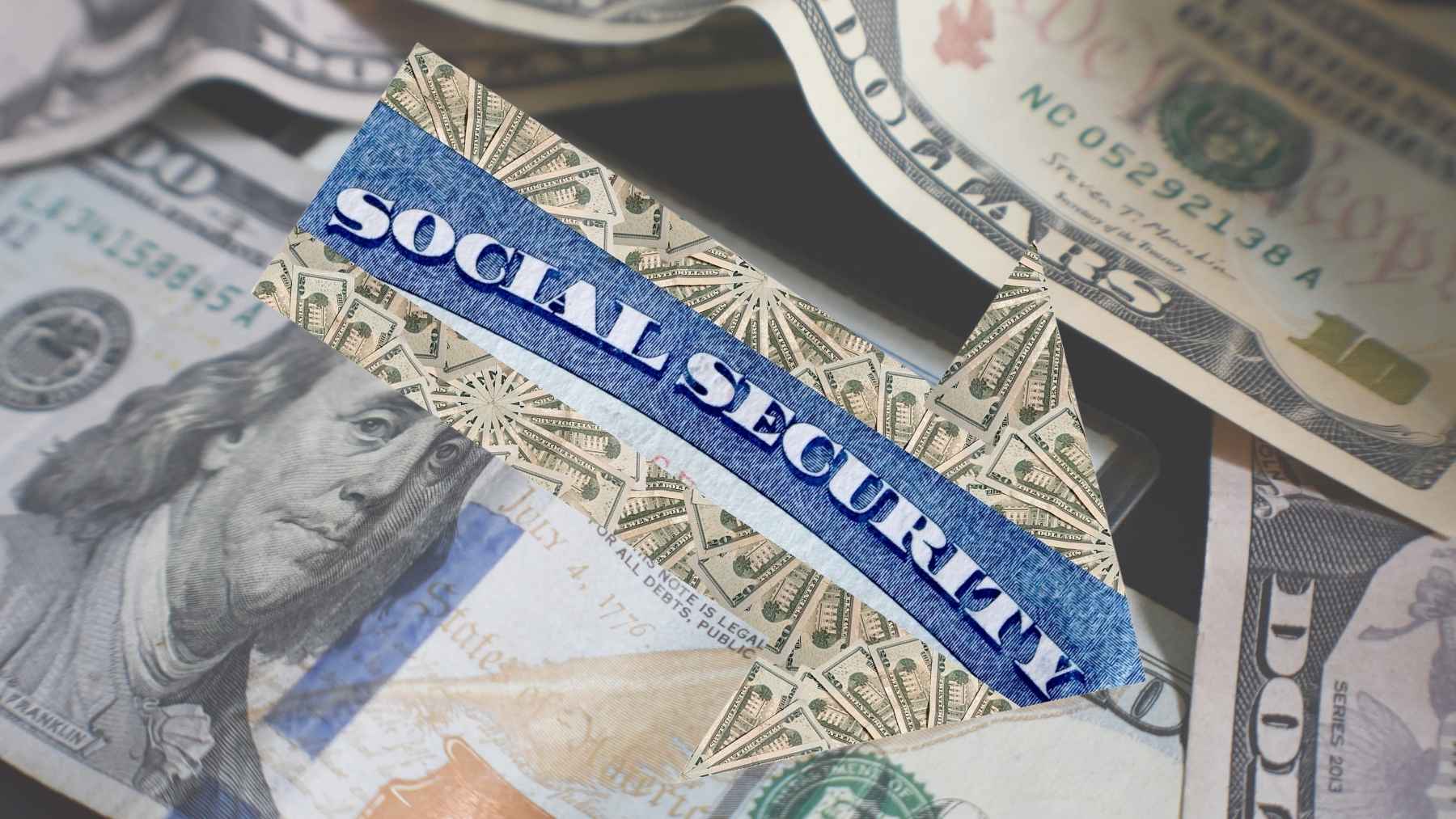The system through which Social Security checks are distributed every month has undergone several changes and revisions under the newly appointed Trump Administration. These changes are bringing with it a rather mixed response from critics within the government and citizens alike.
Amongst the more major of changes is the recent policy change in relation to the matter of overpayments. This change instilled a fear of financial troubles for the cohort of vulnerable Americans who are reliant on these monthly benefit checks. The policy change stipulated that 100% of the recipient’s check could be withheld if they have an overpayment balance, regardless of who is at fault for the surplus.
It appears that the Trump Administration has since made a revision to the initial policy change.
Social Security makes change to clawback policy
After concerns that tens of thousands of beneficiaries would face financial hardships as a result of the 100% clawback policy for overpaid benefits recently enacted by the Social Security Administration (SSA), it was decided that the change would be retreated. As such, on April 25, an “emergency message” was sent out to SSA staff stating that the agency will be changing its 100% clawback rate to 50% — thereby undoing the original change made a month prior, on March 27.
Previous SSA Commissioner Martin O’Malley, under the Biden Administration, had the clawback rate capped at a mere 10%, making the current 50% clawback an almost cruel jump. The 100% clawback policy change was proposed by acting SSA Commissioner Lee Dudek who in a March 7 press release stated that this change would “properly safeguard taxpayer funds.” Dudek has also worked with Elon Musk’s Department of Governement Efficiency (DOGE) which is aimed at cutting government costs.
The agency did not elaborate on its reasoning behind this decision beyond this, however, the matter of retrieving overpaid funds has long been a point of contention for thousands of beneficiaries. Thousands are overpaid each year and many of these recipients are totally unaware that they have been given a larger benefit, until, of course, the SSA notices start rolling in.
The inspector general of the agency discovered that “73,000 overpayments in 2022 were due to problems with Social Security’s own calculations, rather than the fault of the beneficiary.”
“SSA’s automated systems could not compute benefit payments due in certain situations, and the Agency did not provide employees with a comprehensive tool to use when they had to manually calculate them. Without adequate automation tools, employees can make errors,” as per the inspector’s report.
Clawbacks equals hardship for beneficiaries
The previous 10% clawback cap came about after reports that a 100% clawback rate caused some disabled individuals and seniors to face financial hardship — with some facing severe repercussions such as homelessness — began circulating. The 10% rate had only been in effect for around a year until it was changed back this March under the new administration.
One third of beneficiaries are at risk with this motion to retrieve overpayments. These beneficiaries rely on the monthly Social Security check to cover a bulk 75% of their expenses. Some seniors also shared that the clawbacks left them too strapped to even afford rent, utilities, or food.
Dan Adcock, director of government relations and policy at the National Committee to Preserve Social Security and Medicare stated, “Many of the overpayments involve disabled workers who receive payments through the Social Security Disability Insurance (SSDI) program, whose recipients receive an average of $1,538 per month.”
A SSA report found that SSDI shows a higher rate of overpayments as disabled beneficiaries sometimes fail to report income, often due to being unaware of the necessity of disclosing additional income.
“While walking back the clawback of overpayments from 100% to 50% is a step in the right direction, taking half of the monthly benefit will still be a burden to many workers with disabilities who receive SSDI,” Adcock further shared.
“A fifth of all SSDI beneficiaries rely on their benefits for almost all of their income. That means some SSDI recipients are still going to have trouble paying for rent, food, utilities and prescriptions with the 50% clawback rate.”

